Sign up for our newsletter!
Your data will be handled in compliance with our privacy policy.
Your data will be handled in compliance with our privacy policy.

Surely, you know what a patent is. It’s the exclusive right to make, use, and sell an invention, right? Gotcha! It’s not. It’s almost the opposite. I know it sounds crazy, but you will understand after reading this article.
If you’ve been following the Smoltek news feed, you’ll know that we are applying for patents in spades. This is natural; the patents give us time to monetize the cutting-edge technology we have developed with your investment.
We have patented 17 inventions and have pending applications for another four. The inventions are patented in the EU, the US, and many other countries. At the time of writing, we have 89 approved patents and more than 20 pending patent applications.
Every patent application requires a lot of work, both before the application is filed and when the patent is pending, as well as afterward. Let’s take a closer look at what is required to apply for a patent and how it works.
To patent an invention, it generally needs to meet the following formal requirements:
The last requirement needs some further explanation.
You cannot patent an idea, a scientific discovery or theory, a mathematical method, a program for computers, an artistic creation, a presentation of information, or schemes, rules, and methods for performing mental acts, playing games, or doing business.
An invention must be technical in nature to be patentable. This means that the claims must fall into one or more of the following categories:
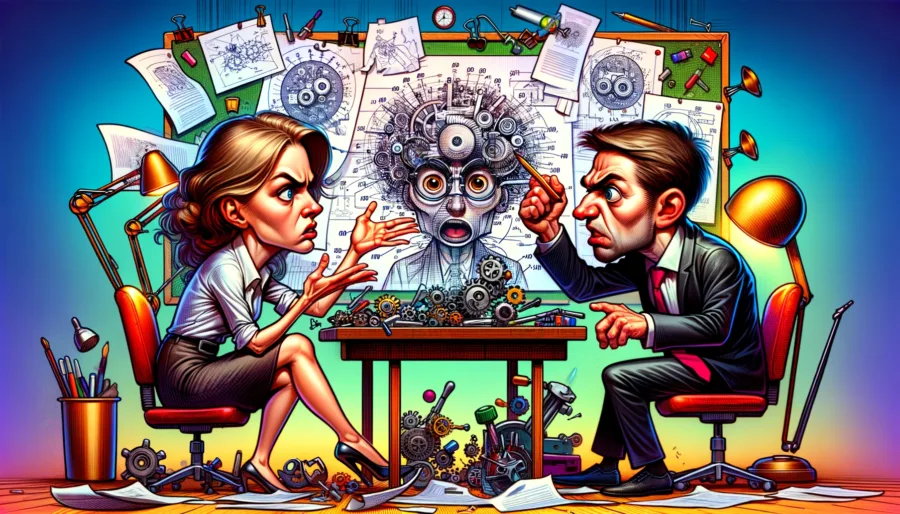
To apply for a patent, an application must be filed with a national patent office.
An application must meet several formal requirements. In particular, it must consist of the following elements:
The claims are the most critical part of the application. They should be as broad and general as possible to provide good protection while being clear, concise, and supported by the description. They serve as the basis for determining whether an invention infringes the patent and are critically analyzed during the patent examination process.
Once the application is filed, the legal terms “patent pending” and “patent applied for” can be used to discourage others from copying the invention.
The marking informs others that an application has been filed, and they may be liable for infringement once the patent has been granted. However, there is no enforceable right until the patent is actually issued.
It takes years from the moment the application is submitted until it is granted (or rejected). It’s not a quick process because it is thorough. It has to be. The result is a restriction on the rights of others, and thus, the government wants to be on the safe side that it is justified.
When the patent office receives an application, a formal examination begins. An officer checks that the application meets all formal requirements.
Once the formal examination is complete, the technical examination begins. A patent examiner reviews the application, checking that everything needed to grant a patent is in place. They also search global databases to ensure that no similar inventions are published. If the patent examiner finds obstacles to granting the application, the applicant receives a technical notice. The applicant can respond if they disagree with the patent examiner.
The application becomes public when the patent is granted or after 18 months from the filing date if it has not been withdrawn before then. At that point, the recipe for the secret sauce becomes public. So, if one is not absolutely sure about being granted the patent, it may be appropriate to withdraw the application to keep the invention secret.
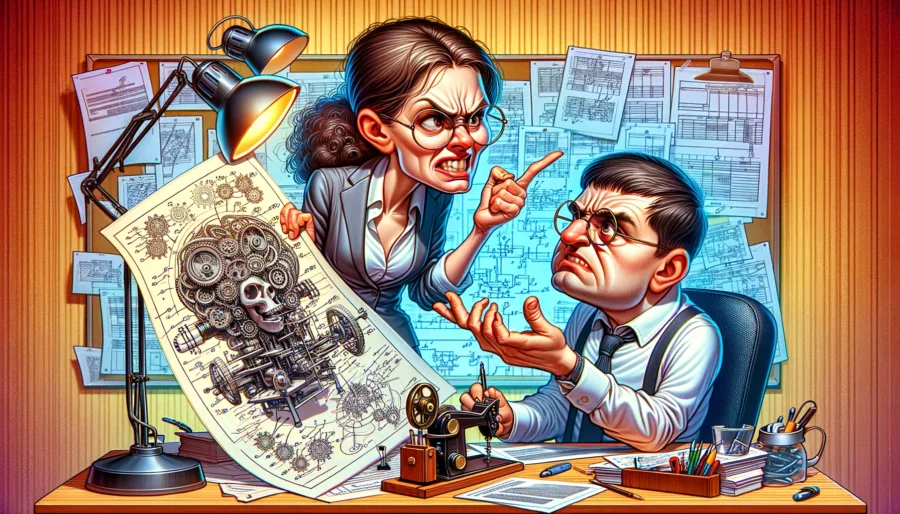
If the patent office concludes that your application’s requirements are patentable and that there are good chances to issue a patent, the applicant receives a final notice. Then, the applicant can make minor changes, such as correcting spelling errors.
Now comes a notification that the patent office will “issue the patent.” This is the very last chance to withdraw the application.
Finally, the patent office announces that the patent has been granted.
Now everything is peace and joy. Or is it?
Of course, it’s not. All competitors and other troublesome characters have nine months to object to the patent. Naturally, the patent holder can contest the objection. If the patent office accepts the objection, the patent can either be revoked or amended.
Applying for a patent requires a lot of work, takes quite some time, and costs a fair amount of money. Are there no more straightforward and cheaper alternatives?
Sure, there are.
For starters, you can just shut up. Keep your invention to yourself. Don’t reveal your secret sauce. As a result, your invention enjoys a certain legal protection as it is considered a trade secret. If someone leaks the trade secret, they may be guilty of a breach of confidentiality or corporate espionage.
One advantage over patents is that your secret remains secret, and another is that no one can freely copy it after twenty years. On the other hand, there is nothing to stop a competitor from reverse engineering your products to find out your secret and then using it themselves.
Another solution is defensive publishing.
One disadvantage of keeping your invention secret is that someone else may come up with something similar and apply for a patent. Suddenly, you are infringing their patent – even if you have made your invention entirely on your own and perhaps even long before them.
To prevent that from happening, you can publish a detailed description of your invention. This makes it impossible for others to apply for a patent on the invention, as it is already known. This is called defensive publishing because it is a publication that defends you against the very possibility of someone else patenting the idea in the future.
An obvious disadvantage is that your secret does not remain secret. Anyone is free to use your invention. Moreover, you have made it impossible for yourself to apply for a patent in the future, as it is already known.
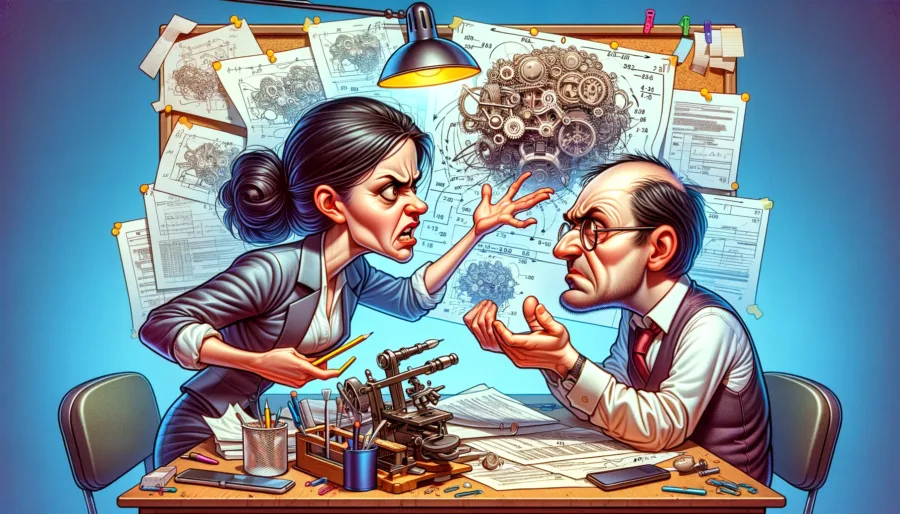
Given the options, patents are not so bad after all. So, you decide to go through all the hoops to get a patent granted. Congratulations! Your invention is now protected.
There is only one catch. The patent is only valid in countries where you have been granted it. In the rest of the world, anyone can copy your invention, which is now published and publicly available. Darn!
Unfortunately, there is no world patent or even a European patent. Sure, many people talk about them as if they exist, but they do not. What exists is the possibility of applying in several countries at the same time. But in the end, each country’s patent office has to approve the patent, and you have to pay fees for all of them.
You need to know if you want to apply for a patent outside your own country almost from the start, as international patent applications must be filed within 18 months. Guess why!
You are absolutely right. After 18 months, your national application is published, making your invention unpatentable. Remember the novelty requirement? Therefore, all international applications must be submitted before that date.
In the period between the first application and the receipt of the international applications, someone else may come up with the same invention and apply for a patent in their country. If this happens before your application is published, i.e. within the first 18 months, the novelty requirement is met. As a result, your application will be refused.
To close this loophole, the application must be filed even earlier, within 12 months of the national application. Then, the date of the first application also counts as the date of the subsequent ones under the Paris Convention of 1883.
A final deadline to keep an eye on is 30 months after the first application. This is the timeframe within which international applications must be completed.
So the process is that you first apply for a national patent, then start the international application within 12 months, and complete the international application within 30 months.
In between, you will hopefully have been informed whether the national patent has been approved, which indicates that the international applications will probably be approved as well. But, again, each nation’s patent office makes its own decisions, so nothing is certain until it is certain.
As you can imagine, applying for a patent is not easy. There is a lot to keep track of. Get it wrong, and you’re screwed. That’s why we hire a patent agency to help us with this, even though we do a lot of the work ourselves.
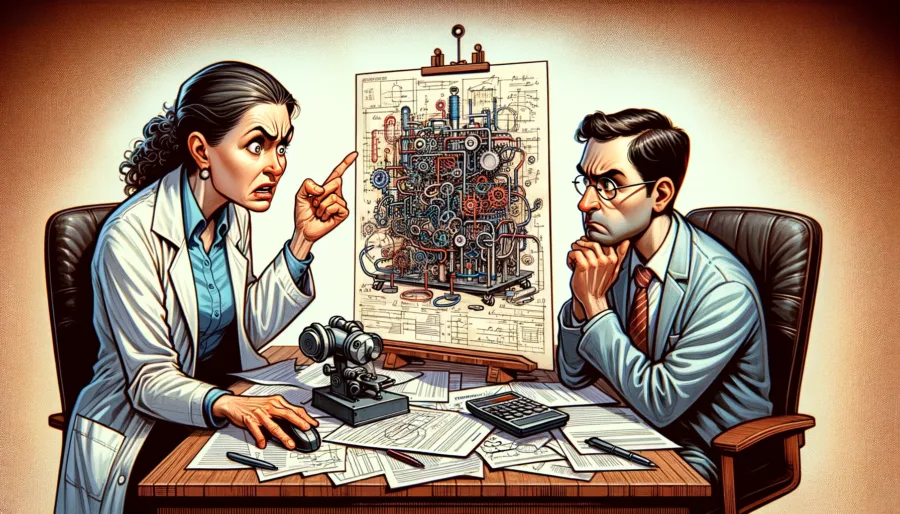
Every patented invention has a first patent, the one that was first applied for, and then several international patents, all relating to precisely the same invention. These are collectively known as a patent family.
Currently, Smoltek has 89 granted patents across 17 patent families. We have another 4 patent families in the making and about 20 pending patents. New patent families are added regularly, and with them come many patents over several years.
I’m glad to see that you’ve stuck around until now. I guess it’s because my cliffhanger at the beginning is working. You are dying to know why it is not true that a patent gives the holder the right to make, use, and sell an invention.
If you consider the following two examples, you will see that it is pretty logical:
Now you understand why a patent does not confer the right to make, use, and sell an invention, right?
So, what is a patent?
It is essentially a right to restrict others from making, using, and selling an invention.
It doesn’t just sound crazy, it is crazy. Or…? If you ponder the following two examples, it may not seem as far-fetched as it first appears.
The right of a patent holder to deny others the use of an invention is called a negative right in patent law.
The negative right sounds negative, but it is actually something positive; it gives the patent holder an exclusive right to decide who can do what with the invention.
For example, the patent owner can decide that nobody is allowed to do anything with the invention, and thus be the sole user of it. Or the patentee can give selected companies the right to use the invention.
The latter is called licensing. The patent holder grants a party a license to use the patent under certain conditions. The most common condition is that the other party pays a royalty – a fee for each item sold that is made using the patent. However, conditions that limit the licensed right to a particular application or geographic area are also common.
We will explore what this means for deep-tech companies like Smoltek in a future article. Don’t miss it!
Now you understand why a patent is not a right to produce, use, or sell your invention but a right to deny others that right. You can use this right to grant others permission to produce, use, or sell your invention on the terms you dictate.
So who gives this right?
The government does, through its patent office.
But why does the government, which is supposed to treat everyone in its territory equally, want to give someone an exclusive right to deny others the use of an invention?
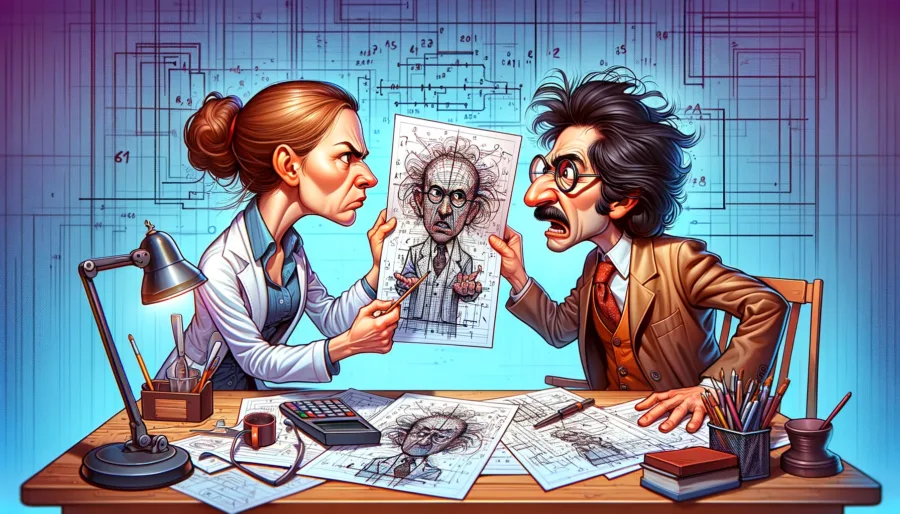
In exchange for disclosing the secret sauce, the patent holder is given the exclusive right to determine, for a limited time, usually twenty years, who can use the invention and under what conditions.
The patent owner benefits from
Society and humanity at large will benefit from
The idea of giving the inventor a time-limited exclusivity goes back a long way.
As early as 500 BCE, the Greek city of Sybaris, in what is now Italy, is said to have given inventors the right to make money from “any new refinement in luxury” for a whole year.
Almost two thousand years later and a bit further north on the Apennine Peninsula, this idea had evolved into something akin to today’s patents: In 1474, the Senate of Venice decided that the inventor was granted ten years of legal protection against potential infringers in exchange for communicating new and inventive devices to the Republic. This is generally considered the birth of patents and patent law as known today.
In the more than five hundred years since then, the patent system has developed in small steps in many parts of the world. Some milestones:
What have we learned? Patents give the holder the right to restrict others from making, using, and selling inventions. The government grants this right for a limited period, usually twenty years, in exchange for making the invention generally known for the benefit of humanity. And that this idea is at least more than 500 years old (if not 2500 years).
You could say that in the long run, patents turn inventions into open source. Even the name reflects that. The word patent comes from the Latin patere, which means “to be open” (for public inspection – just like open source).
Amazing! Isn’t it?
In an upcoming article, we will look deeper into patents—or rather, their importance for you as an investor and shareholder in a deep tech company.
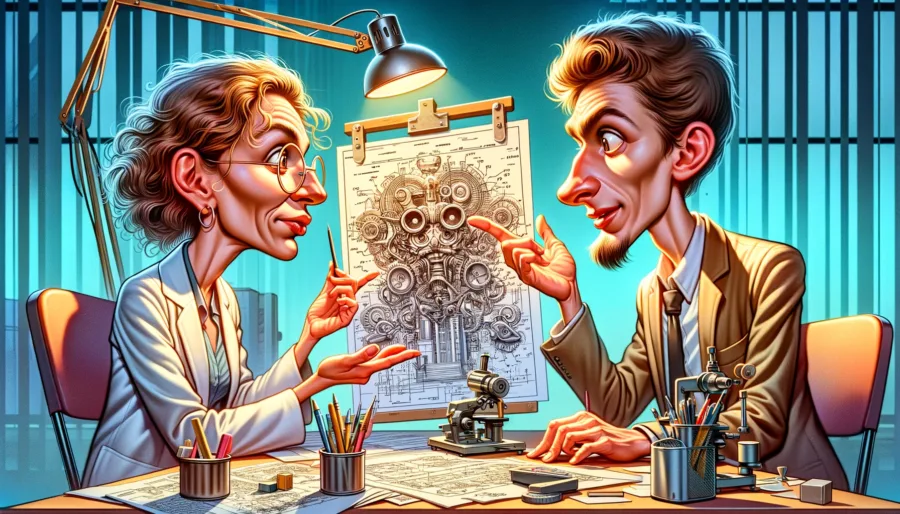
Your data will be handled in compliance with our privacy policy.